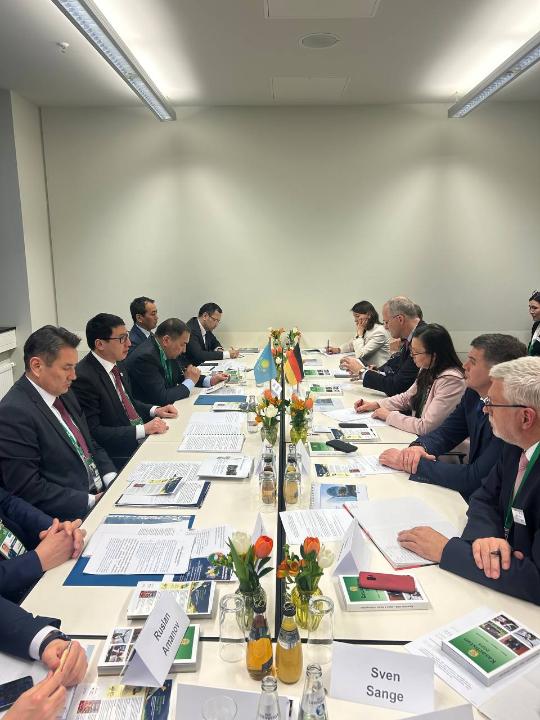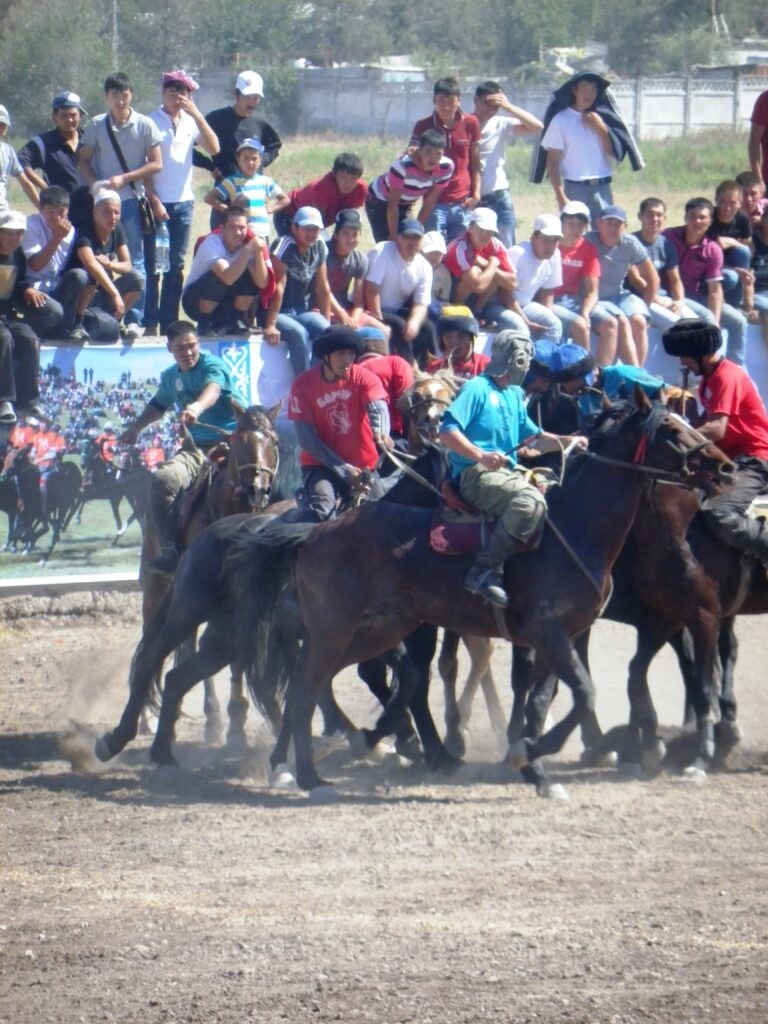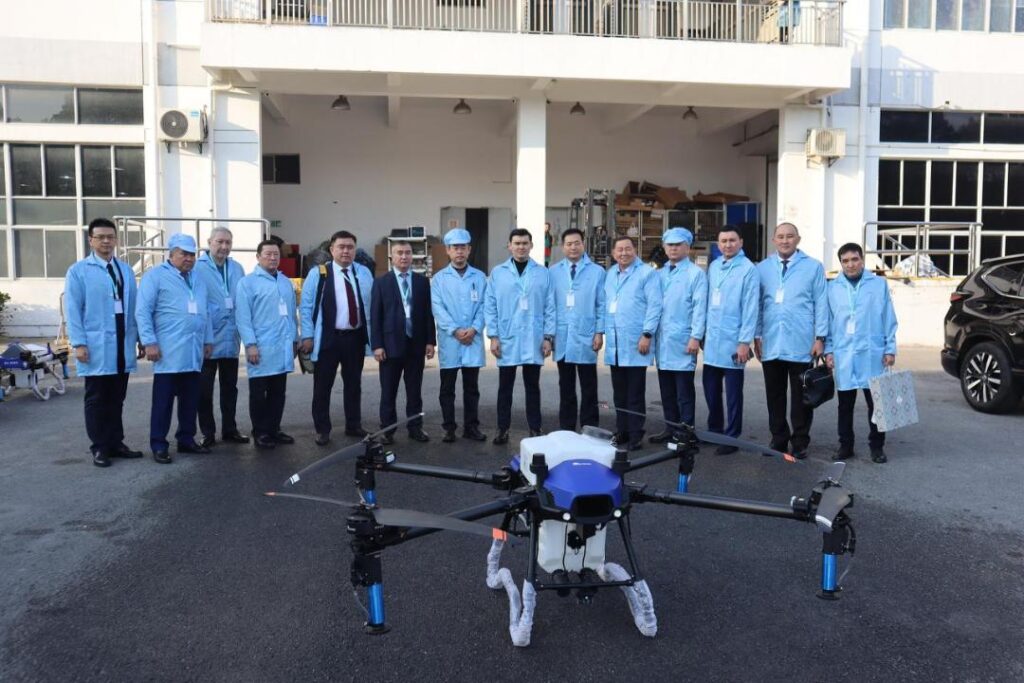New Trade and Logistics Center Opened on Kazakhstan-China Border
On January 19th, a new international trade and logistics center began operations on the Kazakh-Chinese border near the village of Dostyk, with the aim of improving cross-border logistics infrastructure and increase the capacity of the Alakol customs post, the Ministry of Transport of Kazakhstan reported. President Kassym-Jomart Tokayev has repeatedly spoken about speeding up the passage of freight trucks across the Kazakh-Chinese border. “To fulfil the instructions given by the head of state, we are planning to open more such hubs for the processing and storage of cargo. The new transport and logistics center is the first hub on [Kazakhstan’s] eastern borders,” Vice Minister of Transport, Maksat Kaliakparov said at the opening ceremony of the new logistics center. The new logistics center will increase the capacity of the Alakol customs post from 200 to 600 trucks per day, thereby increasing the daily cargo turnover from 4,000 to 12,000 tons. In annual terms, cargo turnover will increase from one million to three million tons. “Currently, 180 vehicles pass through the Alakol customs post in one direction. This year we plan to complete the modernization of this post and increase the cargo flow to 500 vehicles,” said Zhandos Duysembiev, Chairman of the State Revenue Committee of the Ministry of Finance of Kazakhstan. The new logistics center is located on an area of 13.5 hectares, 3.5 of which are occupied by warehouse premises and infrastructure, whilst 10 hectares are allocated for the parking of freight vehicles. For the next three years, the logistics center has been transferred to the management of the state company, Nur Zholy customs services, which is wholly-owned by the State Revenue Committee.
10 months ago





